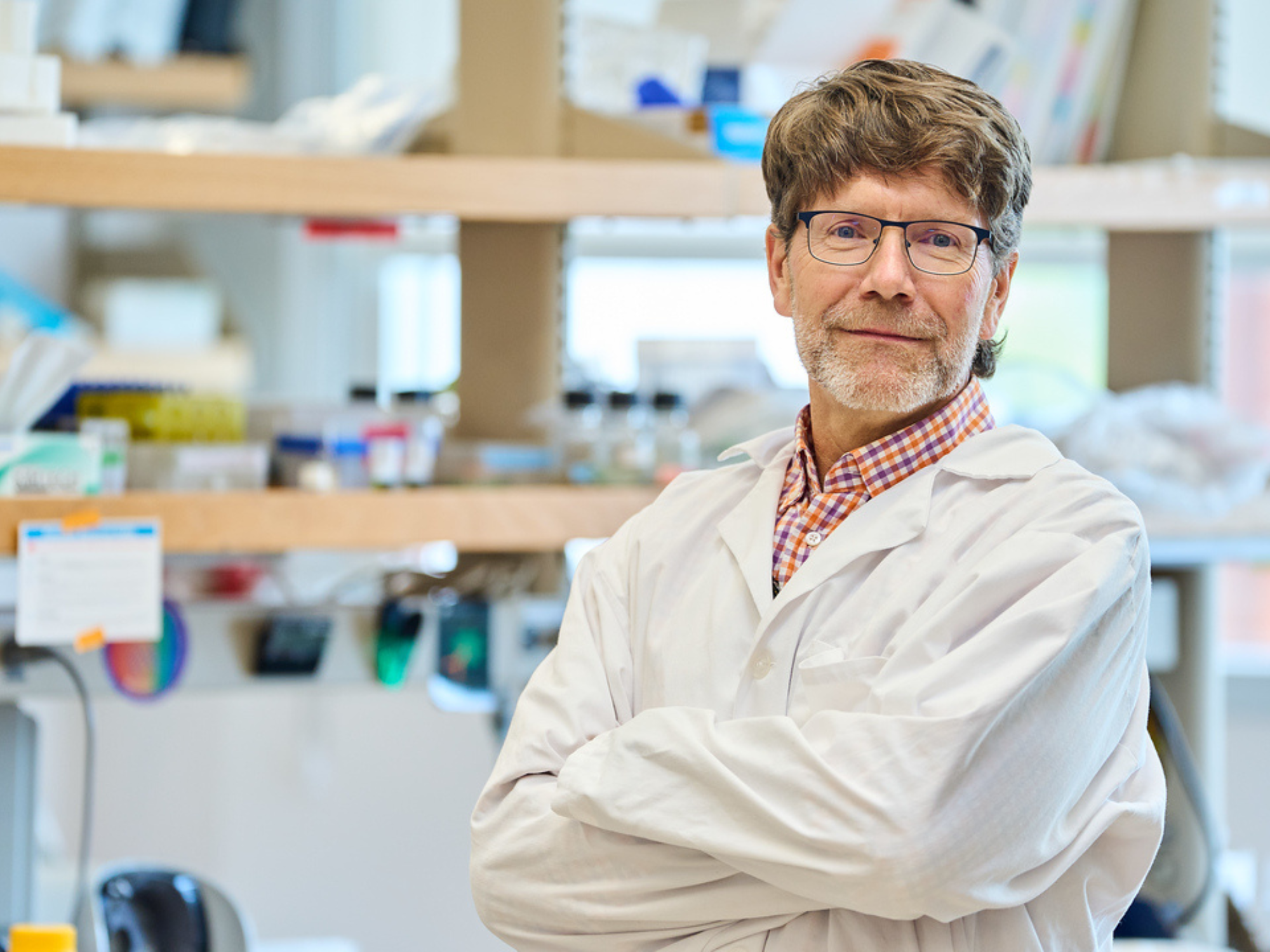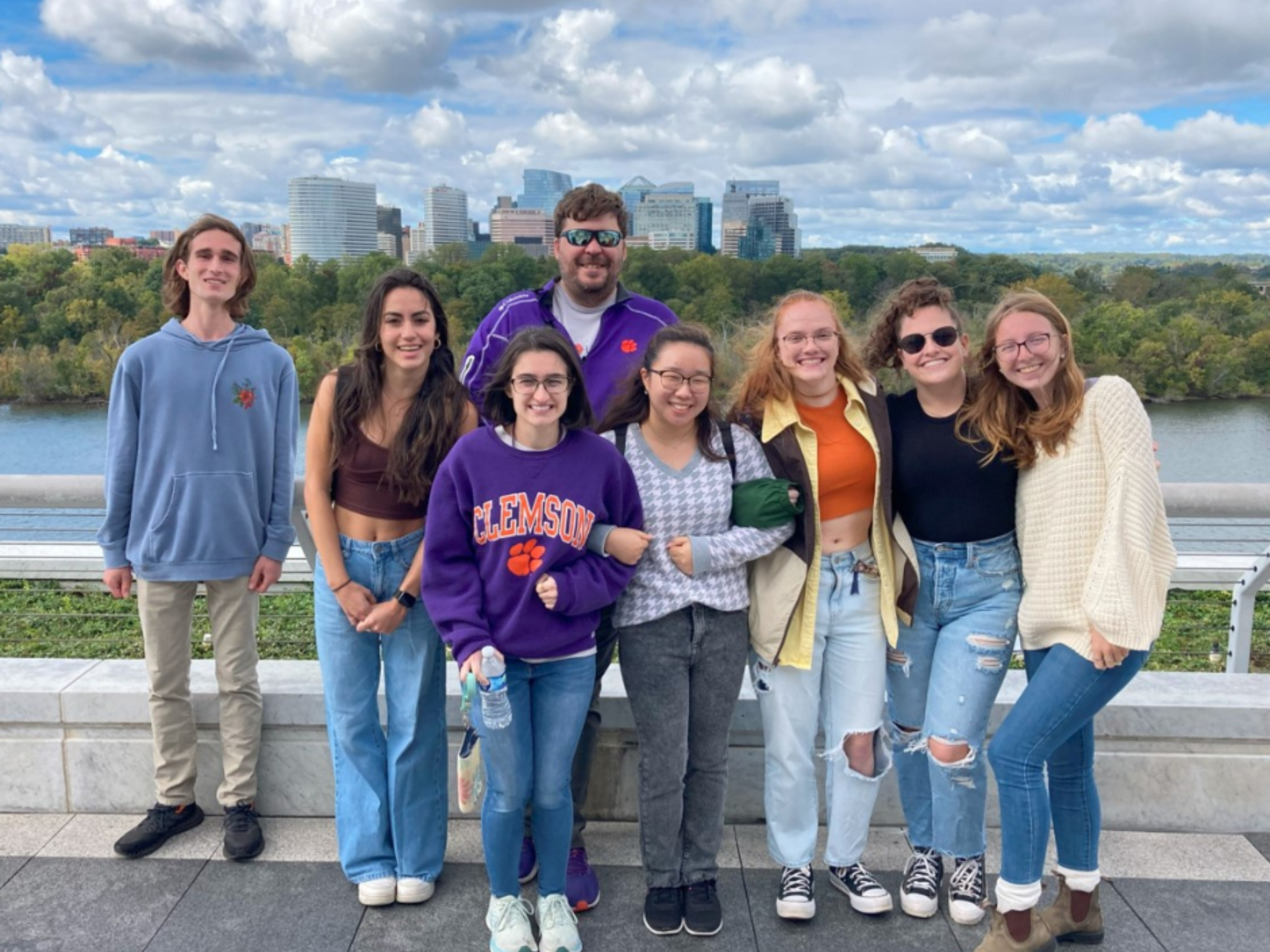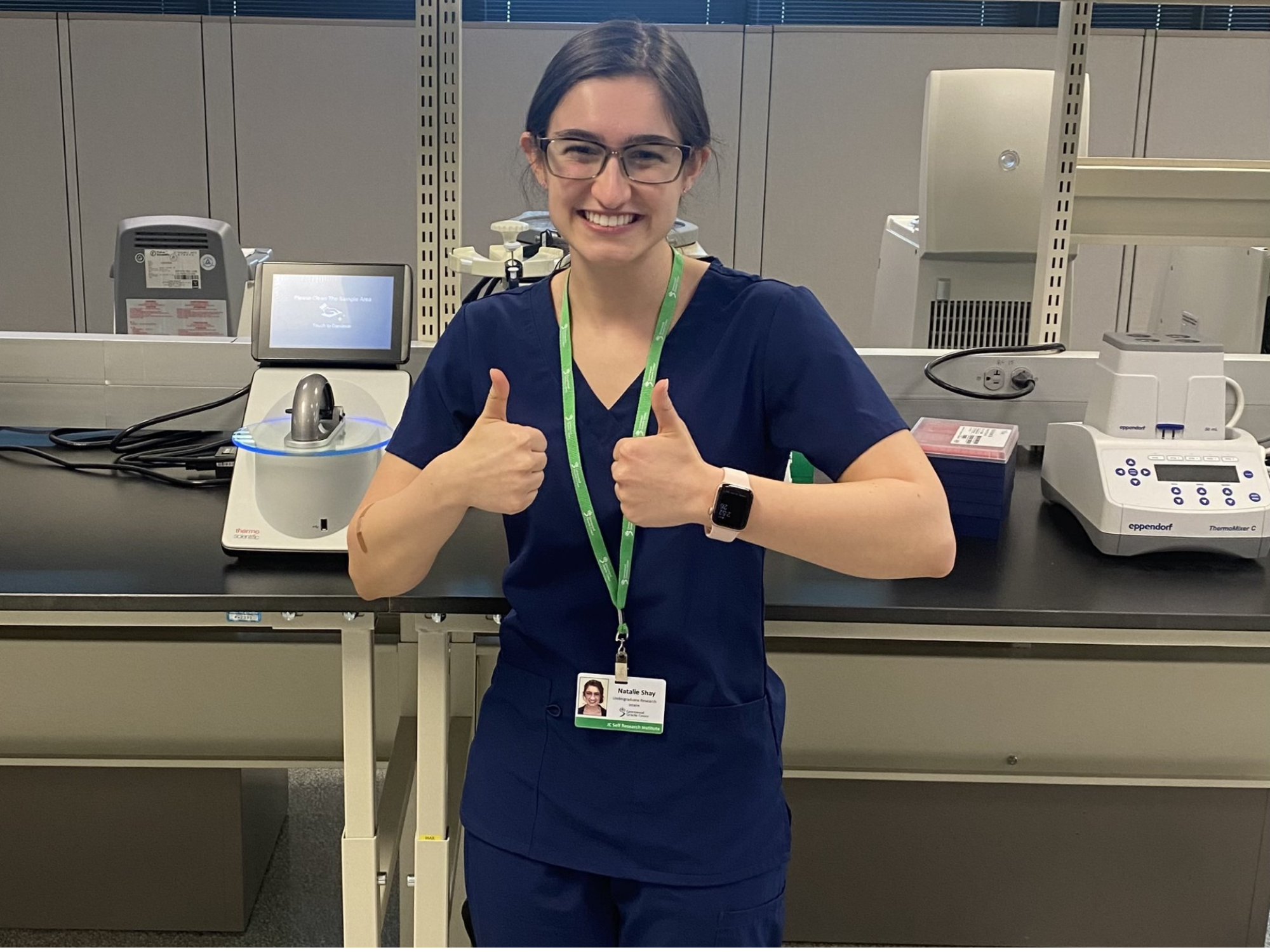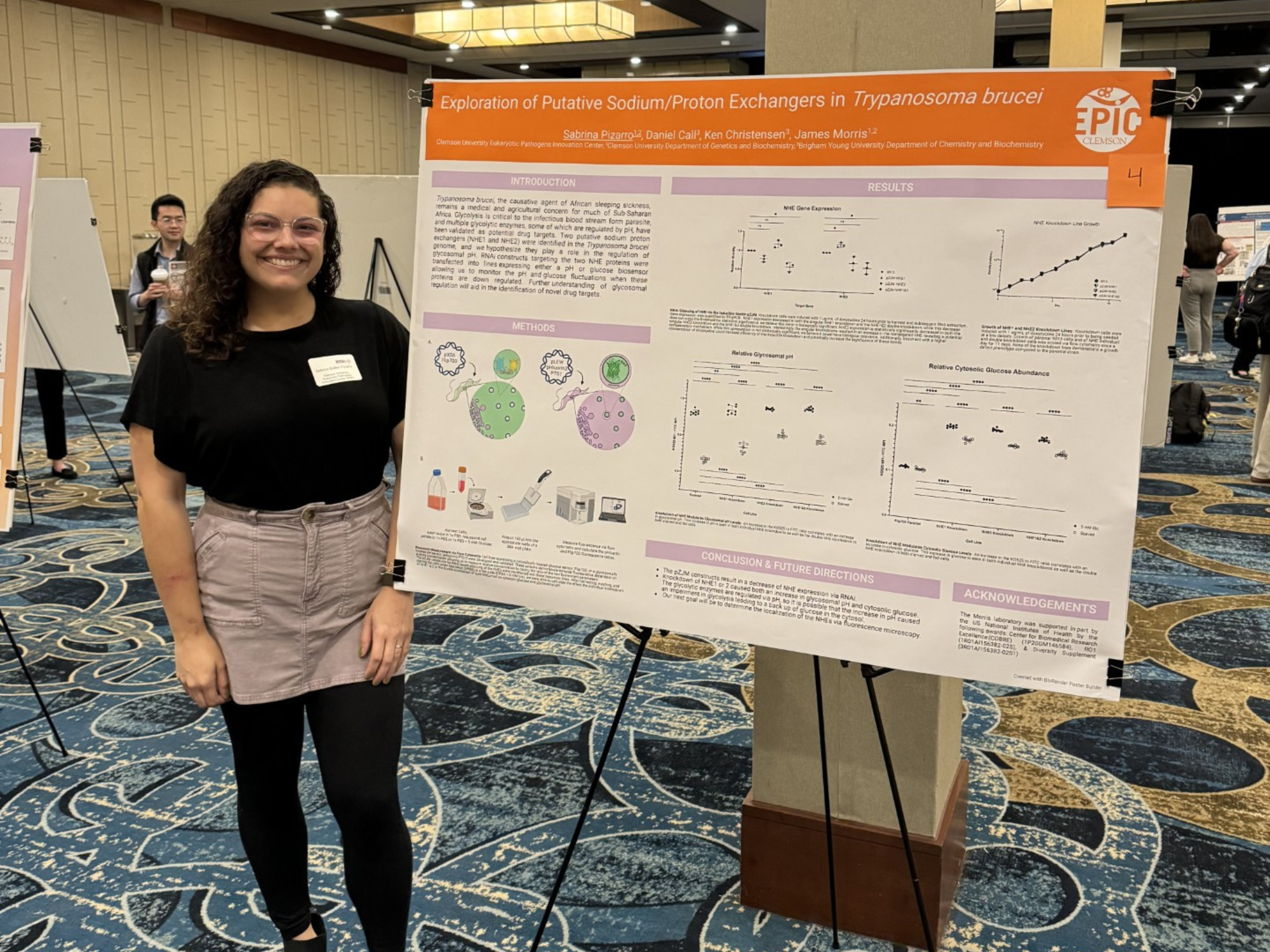
Before her thyroid cancer diagnosis at 13, Brittany Avin McKelvey, Ph.D. knew she wanted to pursue a career in science. The diagnosis just inspired her more.
“Even prior to my cancer diagnosis, I knew I wanted to go into science,” says McKelvey. “After my diagnosis I knew I wanted to specifically go into research and study cancer.”
Doctors found a tumor sitting on the nerve feeding of her vocal cord and removed the thyroid and 30 lymph nodes. After the surgery and radiation, she became cancer-free and ready to fight the disease in a different way.
Graduating in 2015, McKelvey double majored in genetics and biochemistry with a minor in science and technology in society. While she was an undergraduate, McKelvey conducted research in the Smith lab for all four years studying C. neoformans to obtain her departmental honors. She also was a part of both the Honors College and the National Scholars Program.

McKelvey spent summers studying abroad at the University of Cambridge and participating in research internships at Emory University and Vanderbilt University.
In addition, she was president of Clemson’s Colleges Against Cancer and organized the Relay for Life event. McKelvey was awarded the Norris Medal as the best-all-around graduating senior in 2015 and was named a Goldwater Scholar, which is considered the most prestigious national scholarship award for undergraduates in the natural sciences, mathematics and engineering.
“After Clemson, I went to Johns Hopkins University School of Medicine and obtained my Ph.D. in molecular biology and genetics in their Biochemistry, Cellular, and Molecular Biology program.”

At Johns Hopkins, she researched thyroid cancer, the same cancer she was diagnosed with as a young teen. Here she also authored seven publications, a textbook chapter and multiple international presentations.
Now living in Fayetteville, NC with her new baby girl and her husband, who is on active duty in the army, McKelvey works in science policy and research.
“I am the Director of Regulatory Affairs at Friends of Cancer Research, a non-profit advocacy organization based in Washington, DC that drives collaboration among partners from every healthcare sector to power advances in science, policy, and regulation that speed life-saving treatments to patients.”

She has been at Friends for 3.5 years, previously in the role of science policy and a policy intern at the American Cancer Society Cancer Action Network before that. In her current role, she supports the development and implementation of the organization’s research and policy agenda by generating scientific evidence and policies to advance progress in oncology care and collaborating with diverse stakeholders (pharmaceutical companies, academics, clinicians, patients).
“Some of my current projects revolve around validating the use of ctDNA as an endpoint in clinical trials, using real-world data from patient health records to understand treatment efficacy, aligning AI/ML tools for biomarker assessment on patient biopsies.”
Though she didn’t recognize science policy as a career opportunity until graduate school, it was a perfect marriage of her enjoyment of science and thinking critically about science coupled with her passion for advocacy and helping patients with cancer. McKelvey uses her scientific background and the education she learned while an undergrad at Clemson daily to evaluate trends in technology and novel research that will help propel treatment for cancer.

“I work with scientists to take groundbreaking advances and apply them to drug and diagnostic development and policy surrounding development to help get treatments to patients faster.”
McKelvey is active in the cancer community, leading a support group for teens with thyroid cancer and active with the National Cancer Institute as a member of its Council of Research Advocates. She also enjoys coming back to campus to discuss her career path with undergraduate and graduate students and volunteering with the National Scholars Program and the Honors College.
In 2023 McKelvey was named one of Clemson University’s Roaring 10. Each year, the Clemson Young Alumni Council recognizes ten outstanding individuals for their impact in business, leadership, community, educational and/or philanthropic endeavors. The honor is given to those individuals who exemplify Clemson University’s core values of honesty, integrity, and respect.
Looking to the future, McKelvey hopes to continue to work in science and regulatory policy to help patients with cancer.






























